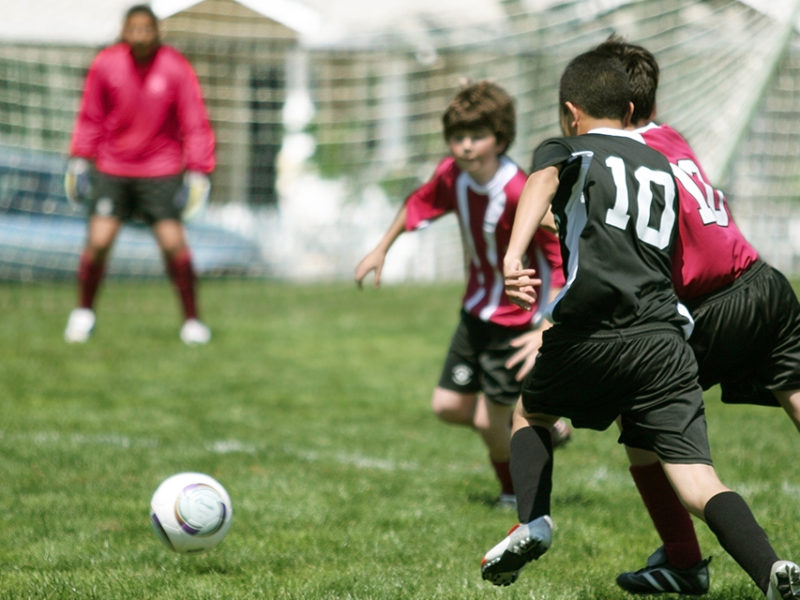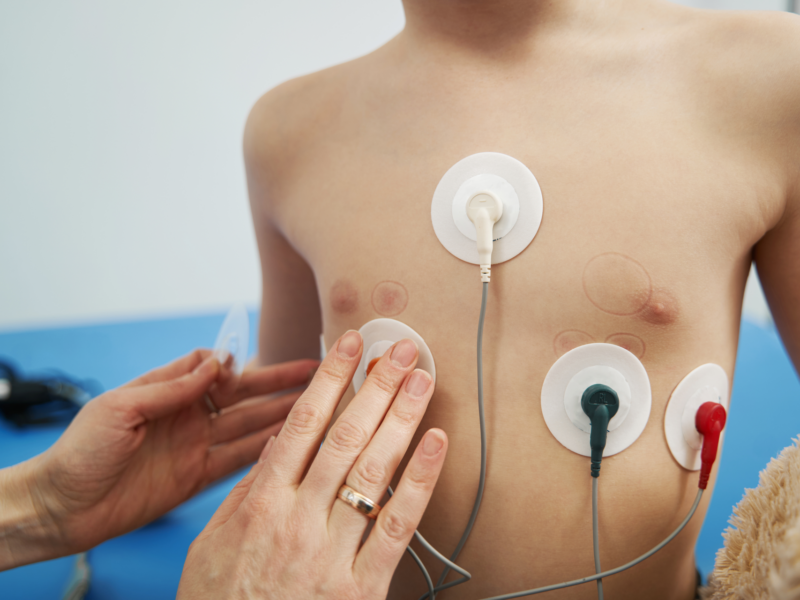How Do Brain Processes Change With Social Reorientation Toward Peers In Adolescence?
How Do Brain Processes Change With Social Reorientation Toward Peers In Adolescence? https://pediatricsnationwide.org/wp-content/themes/corpus/images/empty/thumbnail.jpg 150 150 Adelaide Feibel Adelaide Feibel https://secure.gravatar.com/avatar/aa05d1a2b673e26eca96ad99b58d225e?s=96&d=mm&r=g- August 30, 2019
- Adelaide Feibel
A recent study shows an association between closeness with peers and levels of activation in the social and reward areas of the adolescent brain.
Parents of adolescents know all too well that once children hit their teenage years, they often become closer to their peers and less close to their parents. But little is known about the brain processes that accompany these changes in social behavior.
In a recently published paper, a team of researchers led by Eric Nelson, PhD, in the Center for Biobehavioral Health in the Abigail Wexner Research Institute at Nationwide Children’s Hospital and The Ohio State University seeks to better understand the neural mechanisms underlying these developmental changes. Researchers surveyed a group of 40 8- to 19-year-olds to determine their emotional closeness to their parents and peers and used functional magnetic resonance imaging (fMRI) to examine the participants’ brain responses to pictures of other teenagers’ faces.
The study, which was published in Frontiers in Behavioral Neuroscience, found that older teenagers reported being closer to their peers and less close to their parents, compared to younger teenagers, and showed that the participants’ relative closeness to their peers influenced the way the social and reward areas of the brain responded to images of other teenage faces.
Though previous studies have used images of adult faces to test neural responses, this study’s approach of using adolescent faces as stimuli was “novel,” says Michele Morningstar, PhD, first author of the publication and post-doctoral fellow in the Center for Biobehavioral Health. According to Dr. Morningstar, the study “supports the idea that forming close peer relationships is an essential developmental task for teenagers, which is accompanied by changes in neural response to social information.”
“[This study] helps us understand adolescents a little more. Their brains are not responding to social stimuli the same way as adults’ brains. Your 8 year old might perceive and process social information differently than a 16 year old who has more interactions with their peers, and that’s normal,” Dr. Morningstar says.
Dr. Morningstar says that she plans to use this study’s cohort of typically developing adolescents as the control group for future research, which will examine the neural responses of adolescents with epilepsy to better understand why some teenagers with epilepsy experience social difficulties.
“We don’t know that much about adolescents’ normative emotional development. We’re so focused on deviations from that that we forget that there is still a lot we don’t know about typical socio-emotional development,” Dr. Morningstar says. “That knowledge is needed to help us assess adolescents who might not have that typical adolescent experience.”
Citation:
Morningstar M, Grannis C, Mattson WI, Nelson EE. Associations between adolescents’ social re-orientation toward peers over caregivers and neural response to teenage faces. Frontiers in Behavioral Neuroscience. 2019 May 24;13:108.
- Post Tags:
- Center for Biobehavioral Health
- Posted In:
- In Brief





